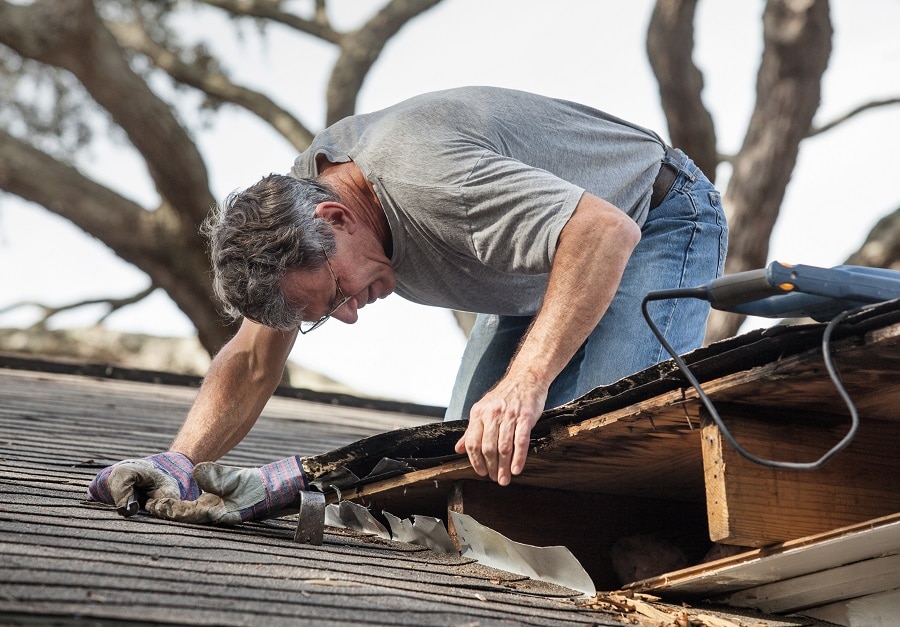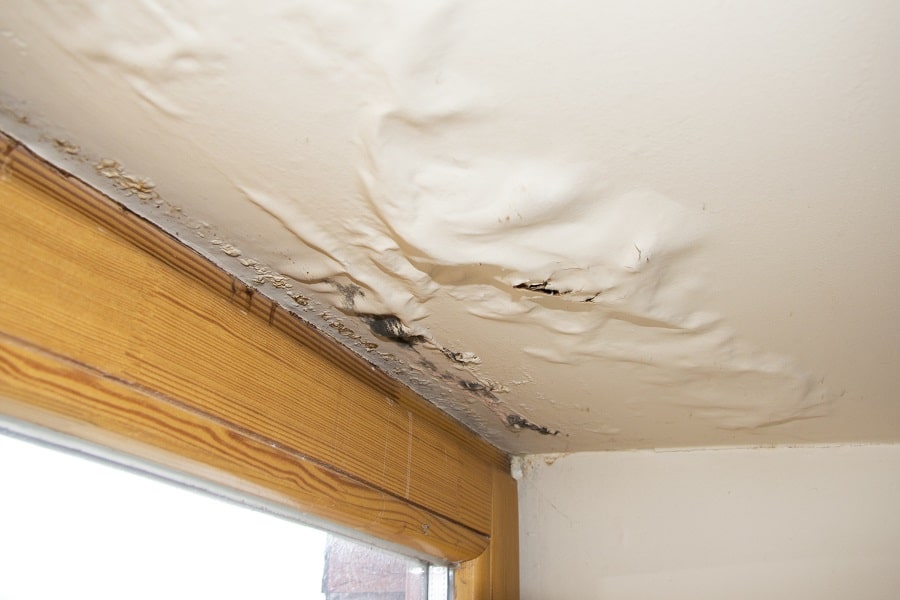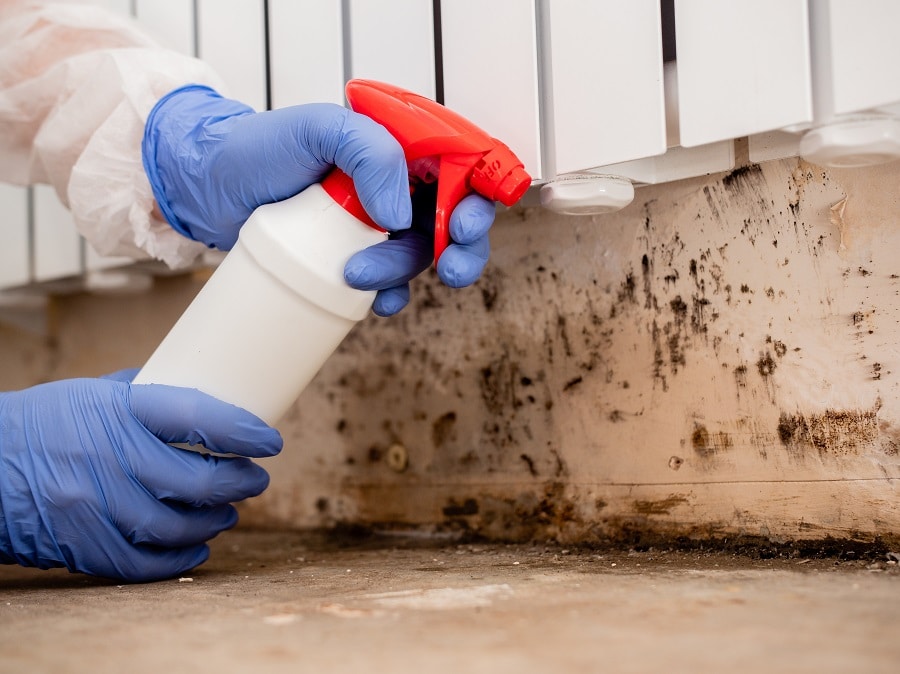Timber decay in buildings, regardless of their age, is often a result of rot. Wood rot can show up in two prevalent forms: dry rot and wet rot, both resulting from fungal decay suffered by building timbers.
What is Wet Rot?
This type of rot can be found in wet timber. It twists the timber, triggering swelling and fibre separation; leading to loss of structural strength and crumbling. Wet rot can speed up the decay process, making timber lose its structural integrity and eventually collapse. Wet rot in structural wood is due to increased exposure to moisture. This exposure could be in the form of penetrating damp from the ‘wet’ side of the building or faulty plumbing. Wet rot is fungi, it spreads to timbers close-by and causes damage.
Our Guarantee
- upto 30 year guarantee
- customer focused team
- 20 years combined experience
- portfolio of satified customers
- attention to detail
- Construction line accreditation
- public liability insurance
- CHAS accreditation
What is the Difference Between Dry Rot and Wet Rot?
Dry rot triggers quick and extensive damage to structural timber as it spreads through the affected property. Meanwhile wet rot, despite being a more common occurrence, causes less damage; decay is typically restricted to the areas that remain wet on the timber. In the absence of fungi, wet and dry rot can be differentiated by relating the extent of damage (size and type of cracks) and the colour of the timber with the development of either type of rot.
What causes Wet Rot?
The development of Wet rot spores happens only when certain environmental conditions are met. Moist timber is the major cause of wet rot in timber. Moisture expedites the progression of wet rot fungi. As a result, signs of decay become visible on the timber.
The Dangers of Wet Rot in Hastings
Wet rot is a devastating problem. It can destroy your home and ruin its value. If you find wet rot in your home, you must treat it quickly or risk allowing the infection to spread. A survey of 2,038 London property owners inquired whether they had experience with wet rot in their homes, where the problem was identified, and how effective they were at preventing future cases.
The results were appalling – over 20% of the respondents had noticed wet rot in some form or the other. Wet rot destroys timber flooring and can make the building structurally unsafe. Apart from the costly repair work, it could go even further by devaluing your property. Most insurance providers will not offer policies to buildings with clear signs of moisture ingress or damp buildup.

What are the Warning Signs of Wet Rot?
The signs of wet rot or the conditions that allow the fungus to gain a foothold in the timber depend on the type of moisture it comes in contact with. Some obvious signs include peeling wallpaper, a musty smell, malfunctioning cookers and central heating boiler. Common areas where wet rot occurs include beneath the kitchen sink, along external walls, attics and roof spaces. It commonly affects older houses which have been built with timber frames and not modern timber species such as Sapele or Meranti. Timber below ground level and as high as the one-floor level are also vulnerable to wet rot. Identifying wet rot or dry rot is the first step toward preventing it. A damp survey is on the cards if you believe your home has been infested.
Call Our Sussex Damp Experts team now for quote, consultation and advice:
Call on 01273 257 765.
How and When Should I Look for Wood Rot?
It should be conducted annually. Similar to spring cleaning, you need to inspect your home for telltale signs of wood rot or damp, and the period reserved for weatherproofing activities before winter is an ideal time to do this. You need a flashlight and a screwdriver.
Looking out for discolouration or swelling below and around the windows is necessary for buildings with wood siding. Paint can often disguise wood rot, so poke the siding with the screwdriver to make sure that the wood is solid. If you notice that the wood feels spongy and the surface gives in to pressure, then you have wood rot. Use a powerful flashlight to search for discoloured wood in the attic. Perform the screwdriver test if you find any that matches this description. Make sure you go over the roof decking base, the joints linking wood members at the top of the roof, and at the edges of the attic where slanting rafters transition into eaves. These are prime locations for wood rot to grow in the attic.
Use the flashlight to examine the wood in the crawl room or basement for discolouration around the border wood plate sitting directly on the concrete wall. Use the screwdriver test wherever necessary. Check the walls and floors to spot discolouration below sinks and catch water leakage around baths/tubs and the water heater.
How do we identify wet rot?
Identifying wet rot is not an exact science, there many different forms of wet rot that can affect timber in different ways. If you can push a knife all the way into painted timber, that is an obvious sign of rot. Our specialist damp proofing experts have years of experience and are trained to look for the following:
- Localised fungal growth on timber
- The soft, spongy feel of timber; the affected area appears darker than the surrounding timber.
- The soft and spongy texture of rotting timber; the affected region often looks darker than the other parts.
- That spongy, soft feel timber gets when affected by wet rot; the affected parts are darker than the other areas.
- The spongy, soft texture of rotten timber; the infested area is darker than the other parts.
- The springy feeling that is an indicator of wet rot; the affected area is often darker than others around it.
- Crumbling of affected dry timber into particles.
- Dry timber crumbling into particles.
- The crumbling of infested timber into dry particles.
- Dried-out timber disintegrating into particles.
- The disintegration of rot-eaten timber into particles.
- Shrinking timber
- Bleaching wood in window and door frames
- Flaky or damaged paint
- A musty, damp smell
What to Do After You Detect Wet Rot?
You need a damp expert to treat wet rot and make sure the source of moisture is cut off to prevent a recurrence. If you need to know more about wet rot treatment, Sussex Damp Experts is ready to help! Call 01273 257 765 today to get started.
Wet Rot and Damp Proofing in Hastings

Your search for wet rot treatment and damp proofing services ends here! Call Sussex Damp Experts if you see signs of damp or wet rot, fixing the problem immediately is crucial to avoiding the health risks and costly repair work which would be necessary if the damage is left to spread unchecked. We will investigate the source of the damp or wet rot and provide solutions as well as advise on how to prevent a similar situation.
Timber damp proofing, not to be confused with cosmetic treatment, refers to a maintenance strategy intended to protect the timber from decay. You can protect the timber from damage.
You should not rely on surface treatments; they fail often and can even worsen the situation. The only answer is to either fully encapsulate the surface with a membrane or treat or replace the timber. Call 01273 257 765 today to speak to one of our experts concerning wet rot treatment in your building.
Wet Rot Treatment Specialists in Hastings
With over ten years of experience in the field, we are one of the leading wet rot specialists in Hastings, offering free surveys and no obligation quotations to householders, landlords and commercial property owners. Our wet rot experts will examine your property and come up with solutions to cut off the source of moisture ingress. Our team of experts can diagnose and treat all types of wet rot in properties using advanced methods.
Wet Rot Treatment in Hastings
Wet rot commonly attacks areas that remain damp due to constant exposure to moisture. However, we don’t just deal with the affected area alone during treatment, we consider the source as well. We investigate how moisture comes in contact with the timber and eliminate all future threats that could lead to a similar situation. You should make sure wet rot treatment is handled by professionals to guarantee the best results. Delay in treatment results in pricey repair work down the line. When you observe the development of fungi growth or hyphae strands, you are best off to engage the services of a specialist team of experts, such as Sussex Damp Experts.

We can provide lasting solutions to wet rot. Sussex Damp Experts is always willing to help, we quickly assess the source of the moisture and which areas suffered damage. Don’t delay any longer, call 01273 257 765 today or fill out the contact form.
Our Wet Rot Treatment Process in Hastings
The damage worsens the more you put off starting the treatment process. Treatment might only be required for a small area if you can detect the signs of fungal rot early enough. Severe cases where the rot has advanced across the breadth of timber could mean you will need major repair work or replacements for the timber beams. You must take several steps to treat wet rot. The treatment process begins with an assessment of the source of the problem and eliminating exposure of the timber to moisture. If there is a seepage of water into your home or timber, regardless of whether the cause is broken guttering, condensation, or anything else, we locate the source of water/moisture ingress and take corrective action. Replacing the affected wood is often the port of call for inexperienced builders or contractors. Chemical Preservatives are then applied to the area in question after replacement. This can only lead to failure. If you are worried about the presence of wet rot in your building, call Sussex Damp Experts today. We can help you identify the cause and treat the damage.
What happens to Wet Rot if left untreated?
If you ignore wet rot treatment, your property’s structural timber will ultimately weaken and, in some cases, even pose a health risk to the inhabitants. When the rot settles in the timber, it becomes spongy and falls in if you poke it with a knife or screwdriver. An extreme result means that structural timbers lose their integrity over time. In a worst-case scenario, this means your property could be condemned. Call Sussex Damp Experts on 01273 257 765 and speak with one of our Experts in Wet Rot Treatment today!
What is the cost of Wet Rot Treatment in Hastings?
Rot can have a devastating effect on any property. The cost of repairs and damp proofing is based on the type and extent of damage done to the timber, however, don’t be discouraged. With our team of professionals available to help, you will quickly realise that wet rot treatment in Hastings can be affordable. We advise you on the best course of action to protect your home and your health.
How to prevent wet rot?
Wood must be ideally kept dry and treated to prevent the timber from decaying. Wood hardeners are an effective way of protecting timber that is at risk of being infested by wet rot. The wood becomes stronger as the hardener soaks into it. Areas of a building that are most vulnerable to damp include window boxes and sills, and timbers that haven’t passed through damp proofing treatment such as fungicide and sealant applications but still touch stonework.
Talk to Our Wet Rot Treatment Experts Today!
If you seek further information to help you select the treatment of wood rot that would best serve your needs, don’t hesitate and call 01273 257 765 to talk to a Wet Rot advisor at Sussex Damp Experts.
FAQ
Is wet rot smelly?
Is Wet Rot Capable of Spreading?
Can Wet Rot Cause Health Problems?
Is there a DIY treatment solution?




